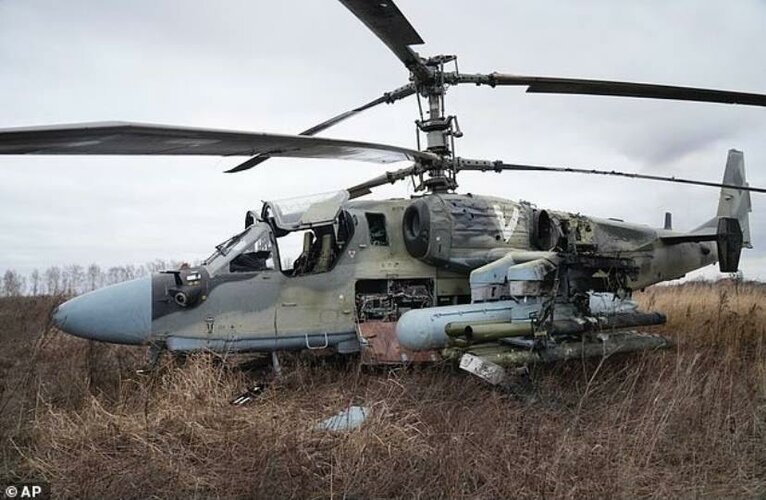- Joined
- 18 October 2006
- Messages
- 4,210
- Reaction score
- 4,907
No one "wants" to overfly the enemy. The tactics they have to use make it harder to do what the Apache was doing in the video above (i.e. hovering attack). When flying very low and fast, target observation distances are shorter (for both sides).
Without some idea of how many sortie the Ka-52 are flying it is hard to tell how well they are doing (loss/missions). That said, I would agree that the Ka-52 is doing better than the venerable Mi-24 as it is a more modern aircraft and has integrated survivability systems.
Without some idea of how many sortie the Ka-52 are flying it is hard to tell how well they are doing (loss/missions). That said, I would agree that the Ka-52 is doing better than the venerable Mi-24 as it is a more modern aircraft and has integrated survivability systems.




